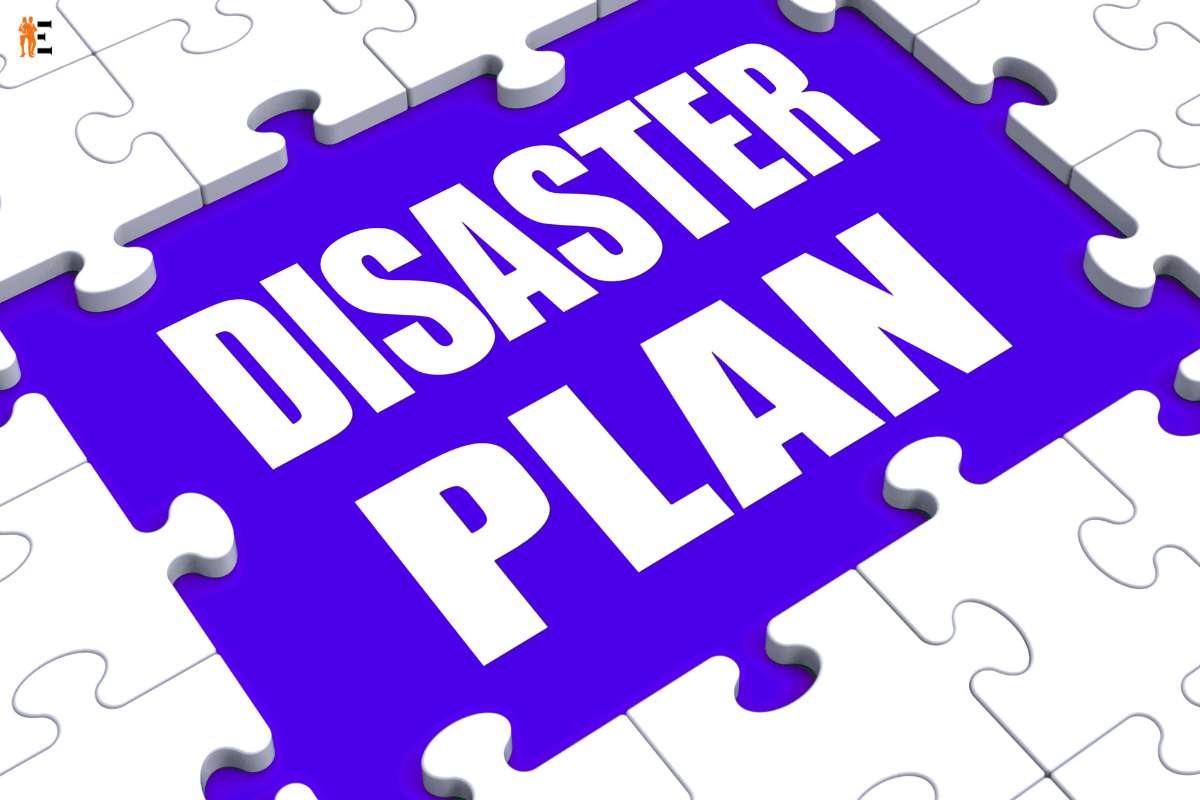Running a business when disaster strikes can be a formidable challenge to keep your operations running smoothly. Whether it’s a natural disaster like a hurricane, a cyberattack that disrupts your IT systems, or an unexpected financial crisis, being prepared for the unexpected is crucial for your business’s survival.
When such situations occur, it’s not just about reacting; it’s about having a well-thought-out plan in place that allows your business to weather the storm and emerge stronger. In this comprehensive guide, we will explore essential strategies and steps to help you run your business effectively, ensuring that you can navigate turbulent times and come out on top.
The Unpredictable Nature of Business
The world of business is fraught with uncertainties. From economic downturns to global health crises, disasters can take many forms and sizes. No matter how well you have planned or how successful your business has been, the unexpected can happen at any time.

Running a business when disaster strikes can lead to various challenges, including:
- Disruption of Operations: Natural disasters, power outages, or cyberattacks can disrupt your day-to-day operations, making it difficult to serve customers or clients.
- Financial Uncertainty: Economic downturns or unexpected financial setbacks can put a strain on your business’s finances, affecting cash flow and profitability.
- Reputation Damage: How you handle a crisis can impact your business’s reputation. Mishandling the situation can lead to long-term damage to your brand.
- Employee Well-being: Disasters can also affect your employees’ well-being and morale, which, in turn, can impact productivity.
- Planning for Resilience: The key to running a business when disaster strikes lies in proactive planning. Here are the essential steps you should take before disaster strikes:
Given the unpredictable nature of disasters, it’s crucial to have a robust plan in place to ensure your business can continue to operate, even when faced with adversity.
Step 1: Identify Potential Risks
Begin by conducting a thorough risk assessment for your business. Identify the potential risks and disasters that could affect your operations. This includes natural disasters like earthquakes, floods, and hurricanes, as well as human-made disasters like cyberattacks, data breaches, and financial crises.
Step 2: Develop a Disaster Recovery Plan
Once you have identified the risks, create a comprehensive disaster recovery plan. This plan should outline how your business will respond to different types of disasters. It should include:
Emergency Contact Information: Maintain a list of emergency contacts, including employees, key partners, and relevant authorities.
- Communication Plan: Establish clear communication protocols for informing employees, customers, and stakeholders about the situation.
- Data Backup and Recovery: Regularly back up critical data and have a plan in place for data recovery in case of data loss.
- Supply Chain Continuity: Identify alternative suppliers and create contingency plans for supply chain disruptions.
- Employee Safety: Develop strategies to ensure the safety and well-being of your employees during disasters.
- Financial Preparedness: Maintain adequate financial reserves and lines of credit to weather financial crises.

Step 3: Train Your Team
Ensure that your employees are well-trained on the disaster recovery plan. Conduct regular drills and simulations to prepare your team for various disaster scenarios. The more prepared your employees are, the better they can respond in a crisis.
Step 4: Review and Update Regularly
Disaster recovery plans should not be static documents. Regularly review and update your plan to reflect changes in your business, technology, and potential risks. Keep it current so that it remains an effective tool for disaster response.
Step 5: Ensure Employee Safety
The safety and well-being of your employees should always be a top priority. If a disaster occurs during working hours, ensure that employees are safe and provide clear guidance on what they should do.
Step 6: Activate Your Disaster Recovery Plan
Activate your disaster recovery plan immediately. Contact your emergency response team and follow the protocols outlined in your plan. Communication is key during this phase—keep all stakeholders informed about the situation and your response efforts.
Step 7: Assess the Impact
Once the immediate response phase is underway, assess the impact of the disaster on your business. Determine the extent of the damage, both in terms of physical infrastructure and data loss. This assessment will help you make informed decisions about the next steps.
Step 8: Adapt and Recover
Based on your impact assessment, adapt your recovery efforts accordingly. This may involve relocating operations temporarily, restoring data from backups, or implementing cybersecurity measures to prevent further damage.

Step 9: Communicate Transparently
Throughout the recovery process, maintain open and transparent communication with employees, customers, suppliers, and other stakeholders. Keep them informed about your progress, what to expect, and any changes in your business operations.
Running a business when disaster strikes can be challenging, but it’s also an opportunity for growth and resilience.
Step 10: Evaluate and Learn
After the disaster has passed and your business is on the path to recovery, take the time to evaluate your response efforts. Identify what worked well and what could be improved in your disaster recovery plan. Use these lessons to strengthen your preparedness for future disasters.
Conclusion:
In running a business when disaster strikes, having a well-prepared plan in place can make all the difference. By identifying potential risks, developing a robust disaster recovery plan, and training your team, you can navigate even the most challenging circumstances with resilience and determination.











